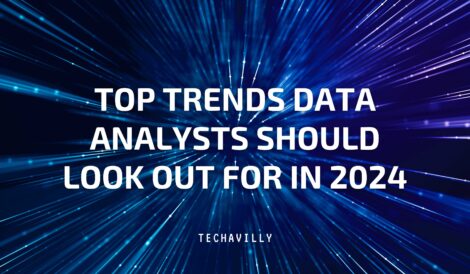What is Proactive Analytics?
Proactive analytics is an IT term that refers to taking an active approach to active business monitoring in order to prevent incidents from escalating. This involves monitoring 100% of an organization’s data in real time, autonomously adjusting thresholds for sending automatic alerts as early as possible so you can resolve problems before they negatively impact the bottom line.
Proactive analysis applies to the entire process of analysis – from data collection, all the way to insights and forecasting – and uses machine learning to achieve the speed, accuracy, and efficiency that is required in the data- rich world.
Proactive analysis allows you to identify issues as they happen, and proactively make changes before they dramatically impact your business. In contract, traditional analytics is reactive. Without the ability of a machine to learn each individual metric’s normal behavior, traditional static-based analytics lack the necessary accuracy for effective monitoring and often leads to false positive and false negatives.
How AI/ML are Driving Proactive Analysis
AI/ML are critical factors in the shift to proactive analytics. Here are some of the ways proactive analytics help businesses.
- Automatically learn normal behavior: If you run an eCommerce company for example, it means your retail data is constantly changing at different times of the hour, day and month. AI-based proactive analytics can adapt to this dynamic behavior in real-time.
- Identify and alert to abnormality: This allows you to identify and alert true anomalies faster than static thresholds.
- Anomaly Configuration: Known anomalies can be configured to only trigger alerts based on certain thresholds such as delta, significance score, length, severity, influencing metrics, and so on.
- Metric Correlation: By pairing a real-time alert with root-cause analysis, companies gain additional insight and context into each incident, all of which can dramatically reduce time to resolution.
In summary, reactive analytics uses BI dashboards and rely on static thresholds which leads to either missing critical incidents or being too sensitive to changes and triggering alert storms. The shift AI-based autonomous analytics allows companies to shift from being reactive to a proactive approach. This AI-based analytics allows companies to automatically learn the normal behavior of each individual metric, identify abnormal activity in real-time, and provide insights about metric correlation.


